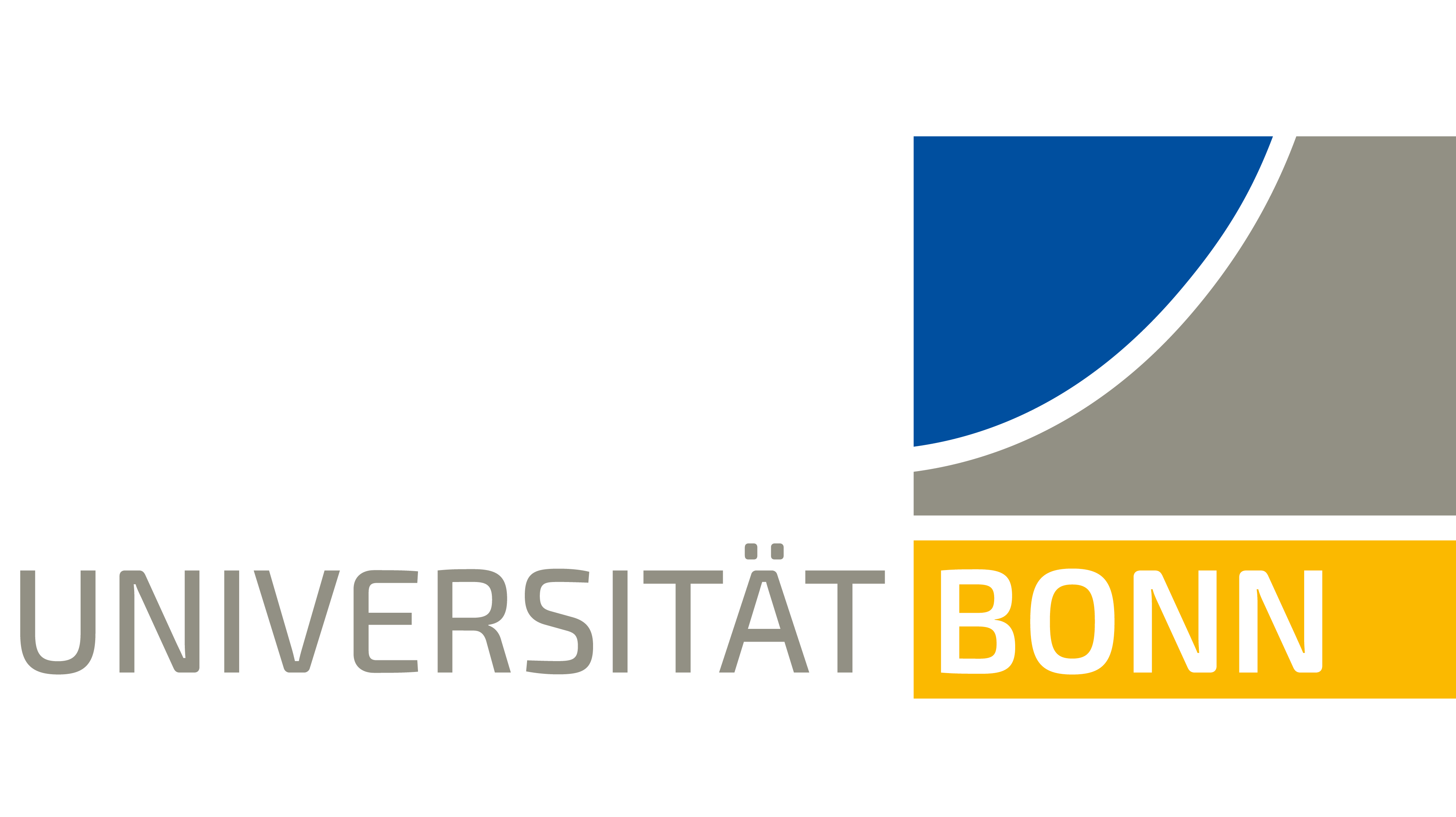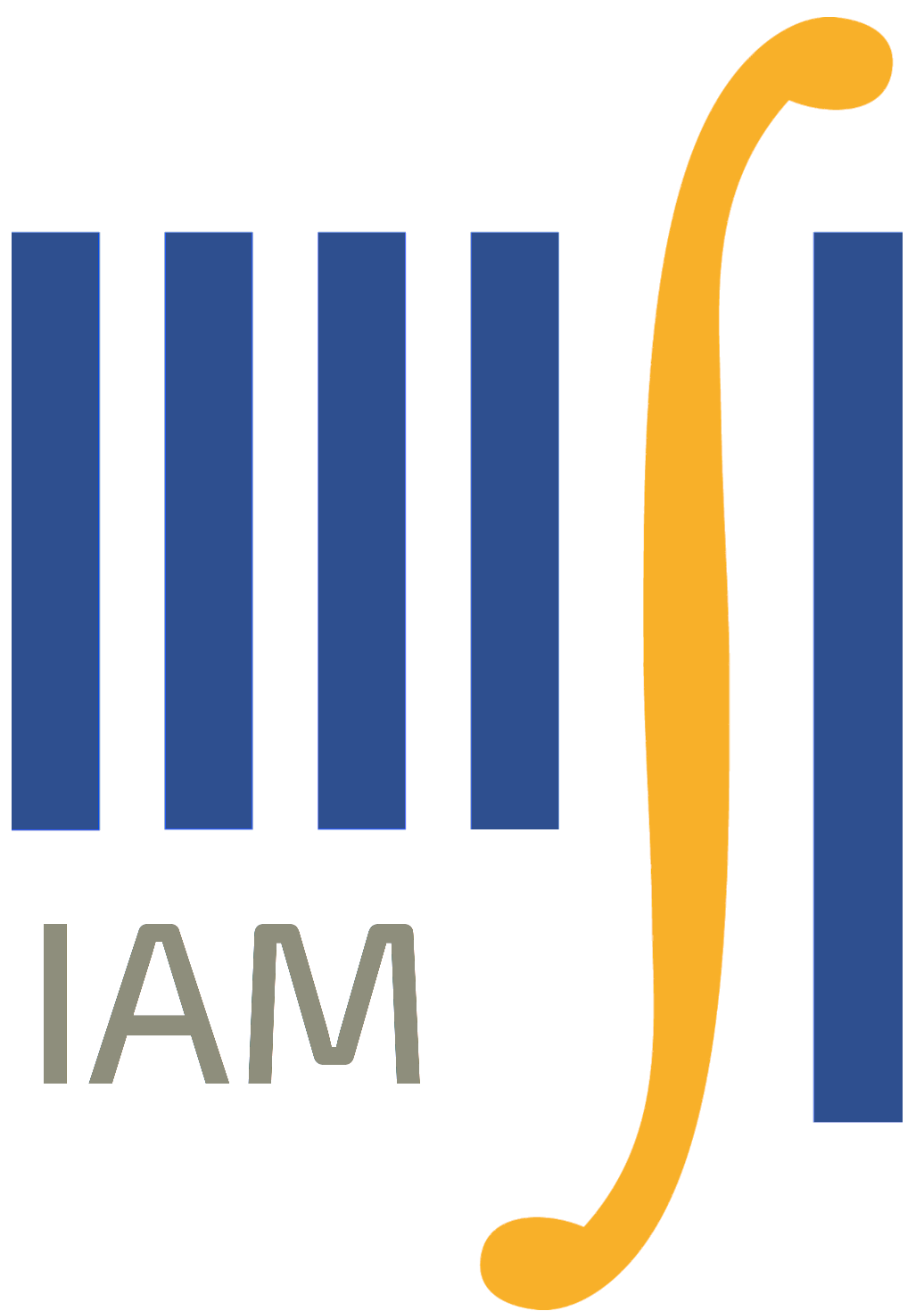Graduate Seminar (S4B2-GS PDE) The ubiquity of Gaussian measures.
Prof. M. Disertori, Dr. Rojas-Molina
The seminar will take place on Tuesdays 12-14, Room SR 1.007
Program.
- April 25 "Gaussian measures and Gibbs measures" (K. Öcal)
- May 2 "Introduction to Gibbs measures" (J. Justiniano Nava)
- May 9 "The massless GFF Part 1" (S. Sommavilla)
- May 23 "The massless GFF Part 2" (C. Propper)
- June 13 "The massive GFF" (M. Rajkovic)
- June 20 "O(n) models and Mermin-Wagner theorem" (S. Schreyer)
- July 4 "Mermin-Wagner theorem: proof" (D. Koenen)
- July 11 "Other applications of the continuous symmetry" (L. Schloeder)
- July 18 "Two dimensionals models" (A. Camacho Melo)
Description. Perturbations of Gaussian measures arise in a wide range of fields of mathematics and theoretical physics. In the context of statistical mechanics and theoretical physics, (discrete) Gaussian measures often take the form
dμC (φ) = dφ e−(φ,C-1 φ)
where φ : Λ → H, with Λ ⊂ Zd , H is a real or complex finite dimensional
Hilbert space, C : Λ × Λ → C is an invertible matrix and (φ, C−1 φ) = ∑ij∈Λ Cij (φi , φj )H .
In this seminar we plan to learn how these measures are related with
some of the most famous models in statistical mechanics.
We will start with a selection of topics from Chapters 8 and 9 of the
book Statistical Mechanics of Lattice Systems: a Concrete Mathematical
Introduction S. Friedli and Y. Velenik (available online here). Chapter 8 deals
with Gaussian free fields, and explains how Gaussian measures can be used to
describe random walks on the lattice. Chapter 9 presents the so called O(n)
models (the prominent examples being Ising, XY and Heisenberg model).
For n > 1, these models are at the core of most theories with continuous
symmetry both in statistical mechanics and field theory. The main result of
this chapter is the celebrated Mermin-Wagner theorem.
According to time/interest we may then read parts of the lecture notes
by D. Brydges Self-Interacting Walk and Functional Integration, relating
random walks with interaction to a generalized version of the Gaussian in-
tegral.
Possible additional (alternative) topics include: duality transformations
mapping nonGaussian to Gaussian models, and Gaussian measures on ma-
trices.
Prerequisites. Functional analysis. Some basic knowledge in probability
may be useful but is not necessary. The necessary preliminary notions on
random walks and probability are all summarized Appendix B.8 B.9 and
B.13 of the book by Friedli and Velenik.


